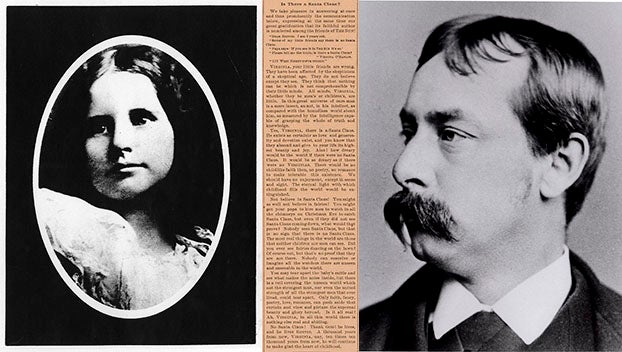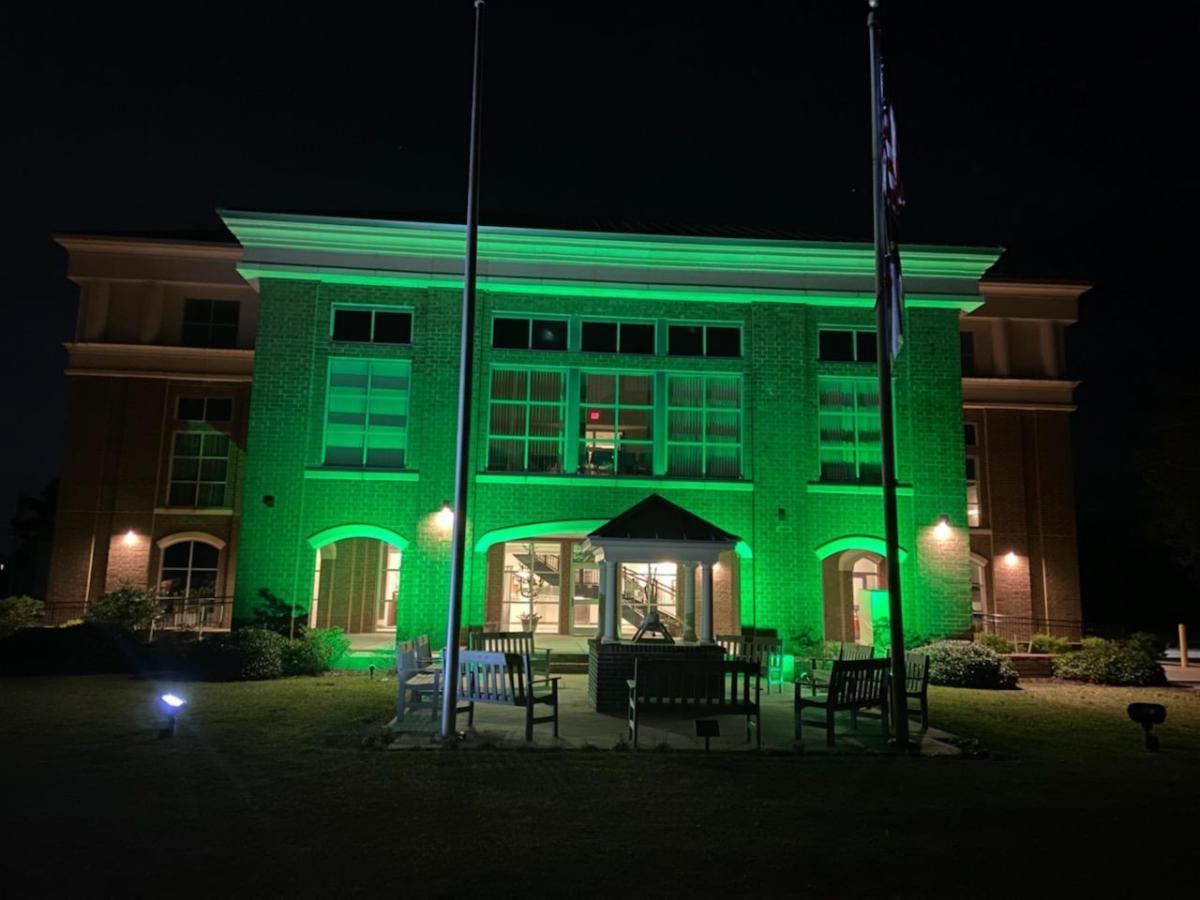More than good intentions
Published 6:33 pm Tuesday, June 27, 2017
It’s not cocaine, nor is it crack.
A Drug Enforcement Administration report released in November of 2016 referred to prescription drugs, heroin and fentanyl as “the most significant drug-related threats to the United States.”
Between 2010 and 2015, drug overdose deaths were up 40 percent in the U.S. Of the 52,404 Americans who lost their lives to overdose that year, more than 33,000 were caused by opioids. It’s a nationwide epidemic, and one that strikes very close to home: between 2014 and 2015 North Carolina was one of 19 states that experienced a significant increase in overdose deaths — in North Carolina, it was 14.5 percent. The same year saw rates of death involving heroin and synthetic opioids increased across all demographic groups, regions and in many states, according to the Centers for Disease Control. Drug overdoses now kill more people in the U.S. than car accidents.
The epidemic is so encompassing that many states are considering legislation that allows naloxone — an opioid blocker better known by the brand name Narcan — to be prescribed by pharmacists without a prescription. In other states, similar legislation has already passed. In Philadelphia, librarians at McPherson Square have been taught to administer the spray because so many overdoses have happened in the library and on its grounds. In Florida, fraudulent treatment centers have cropped up, giving false hope to addicts and their families. It’s a billion-dollar industry, some of which is legitimate, much of which is centered around kickbacks and taking advantage of federal law requiring insurers cover substance abuse treatment. It’s the taxpayers who pay.
According to Beaufort County Sheriff’s Office records, the agency responded to eight overdose reports in May and June. EMS has responded to many, many more. Two people were charged with murder in Hyde County earlier this month after providing a drug cocktail including fentanyl to a 16-year-old and 23-year-old.
Waiting lists to get into state-run rehabilitation programs are long. Many private rehabilitation facilities don’t accept insurance and the costs can climb to $10,000 per month.
Treatment is necessary to kick a habit that sneaks up on these addicts, regardless of age, ethnicity or socioeconomic status. What starts as a way to manage pain, legitimately prescribed by medical professionals, can turn into the downward spiral of drug addiction.
North Carolina legislators are doing something about it. With unanimous, bipartisan support in the N.C. Senate, legislation designed to reduce opioid abuse was passed earlier this month. The bill cracks down on how drugs such as OxyContin and morphine are prescribed and in most cases, limits doctors to prescribing five- to seven-day supplies for pain or after operations.
At the same time, the bill overhauling health care being considered by the U.S. Senate does include $2 billion to combat the opioid epidemic, but $2 billion is a comparative drop in the bucket and wouldn’t begin to fill a hole caused by cuts to Medicaid.
The bill heading to Gov. Roy Cooper’s desk is a start, but it’s not enough. If the federal government is unwilling to address the epidemic, then states must step in. To protect North Carolinians, that bucket must be filled with more than good intentions.





